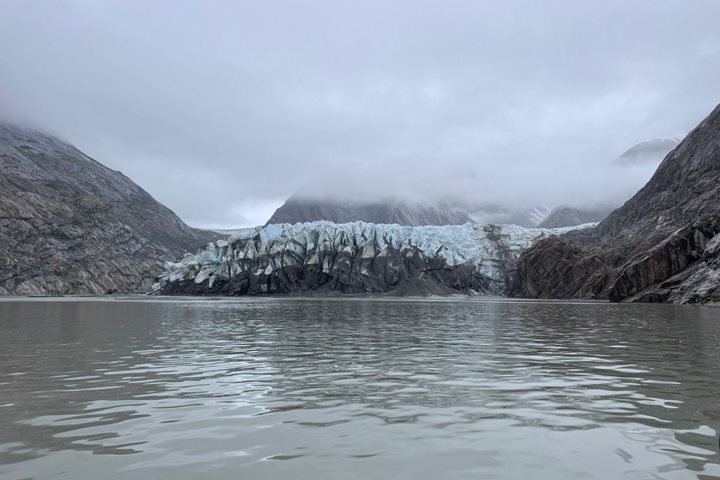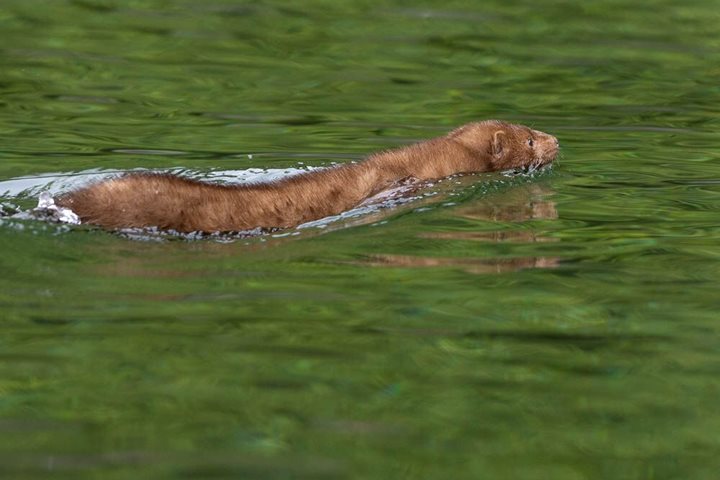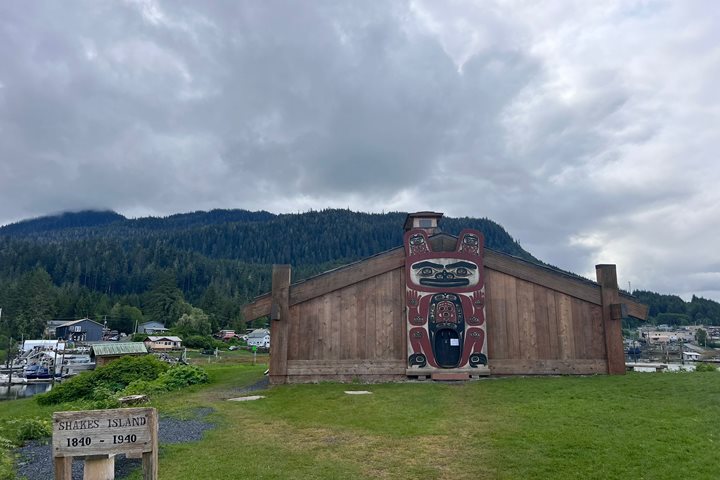After traveling through the night, we awoke this morning at the dock in the small town of Wrangell. The morning was spent hiking up Mt. Dewey and walking through town on a creative photo adventure. During the afternoon, some of us went up the Stikine River in jet boats, exploring the shallow, braided river and the grand scenery surrounding it. Others toured town, stopping at Petroglyph Beach, joining interpretive walks through the bog, and visiting Chief Shakes house and island to learn about the local native culture. A great day of fun and adventure in Wrangell was capped off with a fantastic viewing of the aurora borealis, which was enjoyed on the bow by many.
6/5/2025
Read
National Geographic Sea Lion







